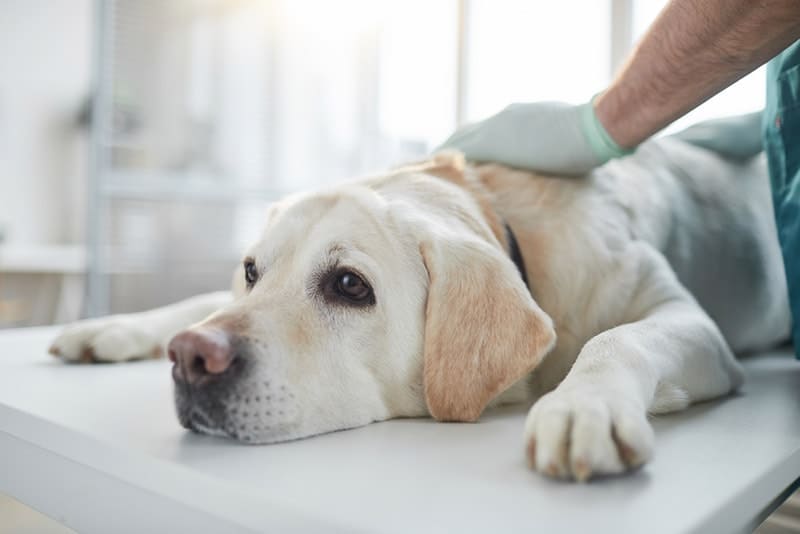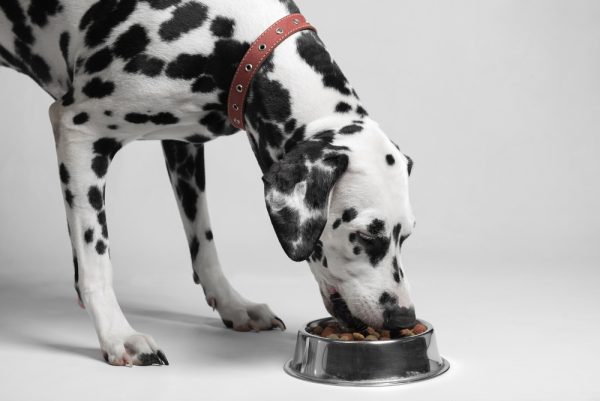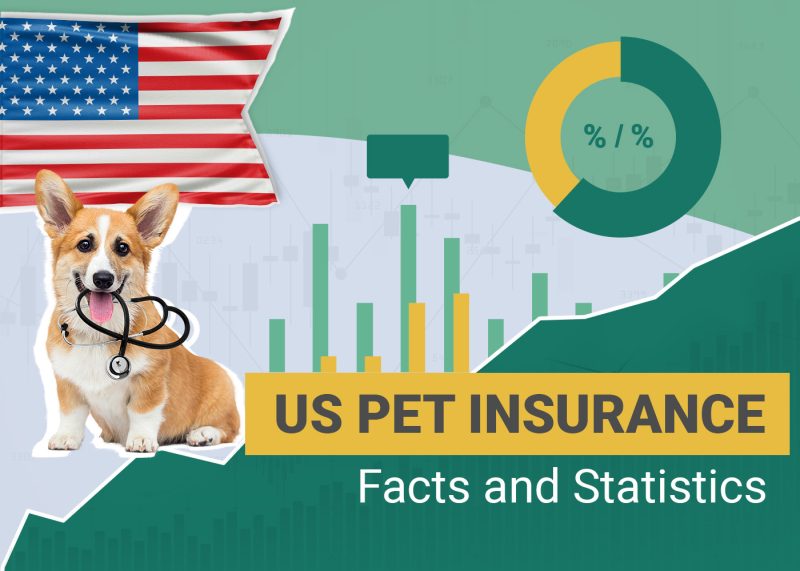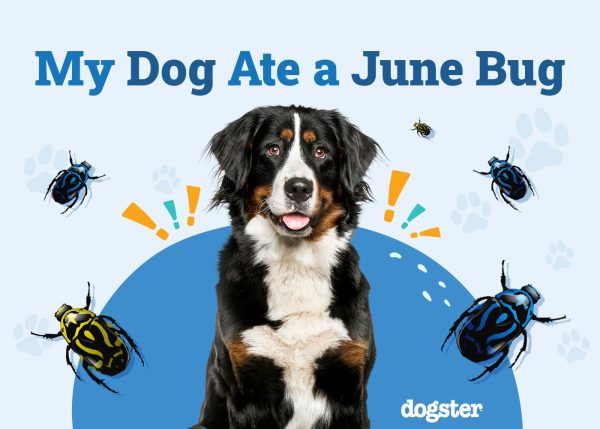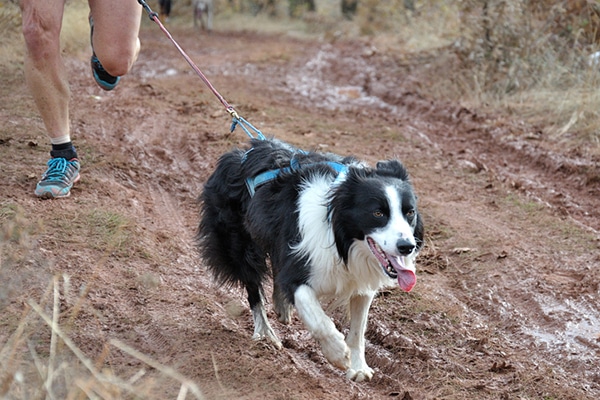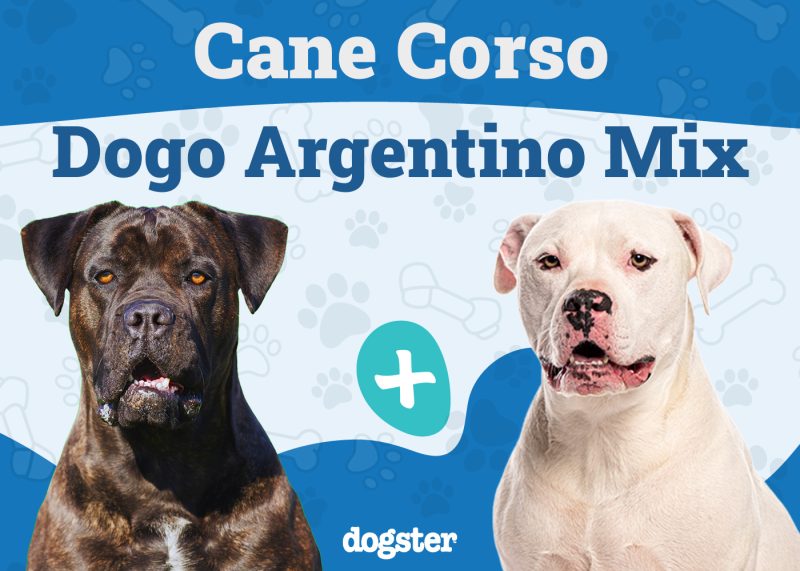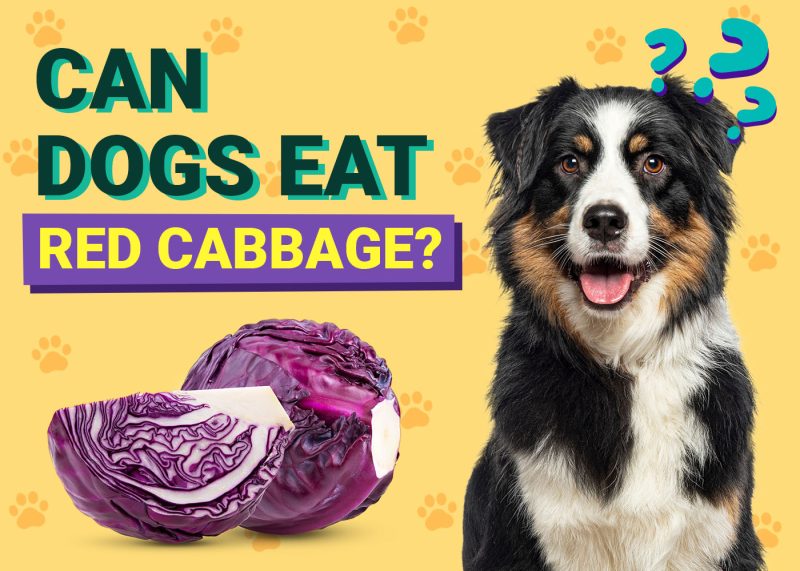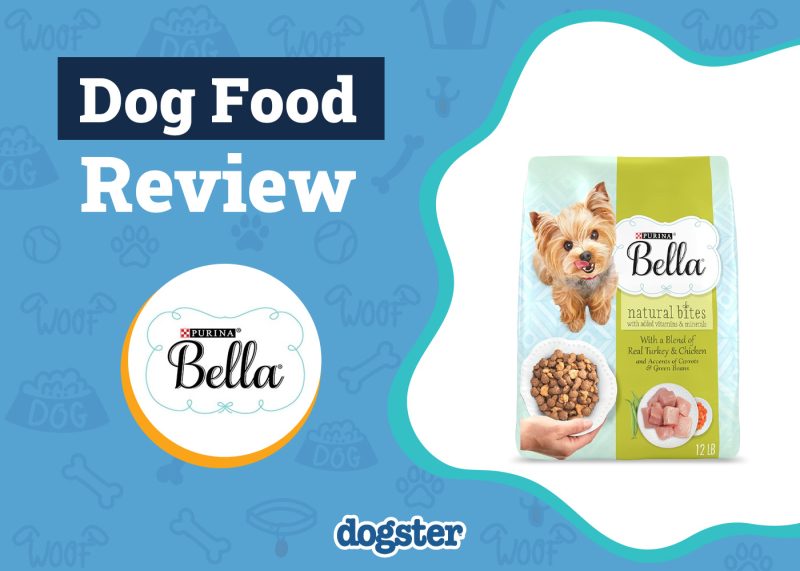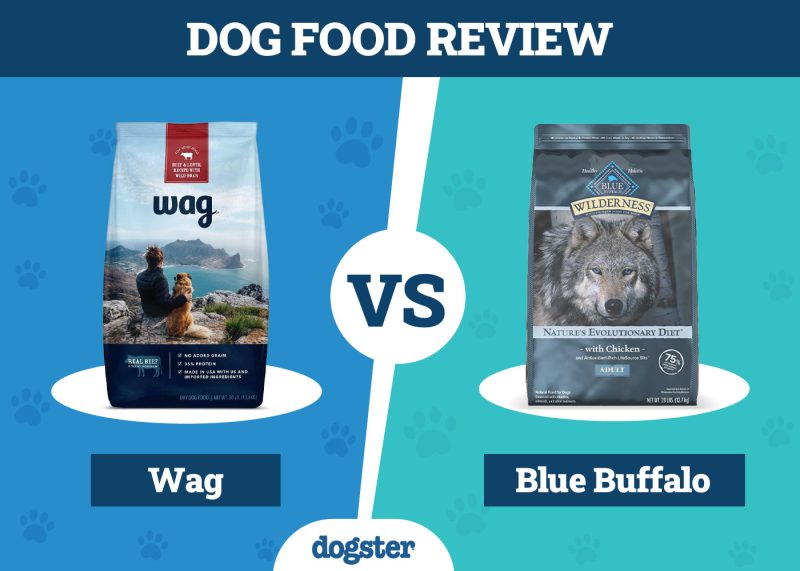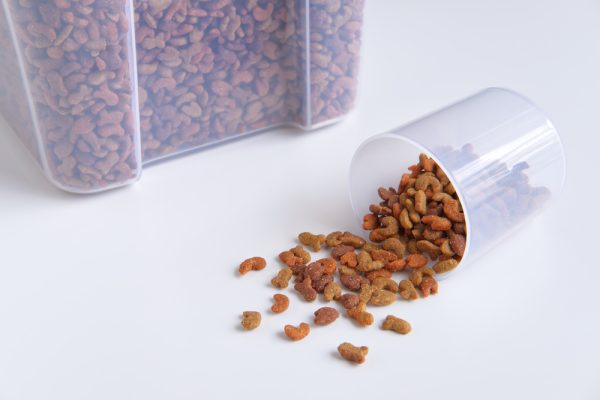If you have found out that your dog has tapeworms, you may not only be a little disgusted but also may wonder if they can spread to you! Are tapeworms in dogs contagious? On this front, there is both good and bad news. The good news is that no, you cannot directly get tapeworms from your dog.
The bad news is that while not very commonly seen, you could still get tapeworms indirectly. Keep reading to learn more.

What Are Tapeworms?
Cestodiasis is a disease caused by tapeworms, which belong to a class of parasites called Cestoda. When fully grown, tapeworms are flat, long, and segmented, often described as “ribbon-like.” Because these parasites do not have a digestive tract, they seek to attach to their host’s small intestine, where they can absorb the nutrients that they need to live.
Each adult tapeworm has a head and neck that then moves into many small segments, called proglottids. These are reproductive centers that contain the tapeworm’s fertilized eggs. The numerous segments together form the bulk of the length of the worm, and this parasite can become up to several inches or even feet in length!
Within the Cestoda class, several tapeworm species can affect our canine friends worldwide. In the United States, the most common tapeworm seen in dogs is Dipylidium caninum. A dog can acquire it by ingesting fleas (or lice) that have tapeworm larvae present within them. Other tapeworm species, such as Taenia pisiformis, Echinococcus, and Mesocestoides, are acquired via preying on wildlife like rabbits, rodents, birds, etc.
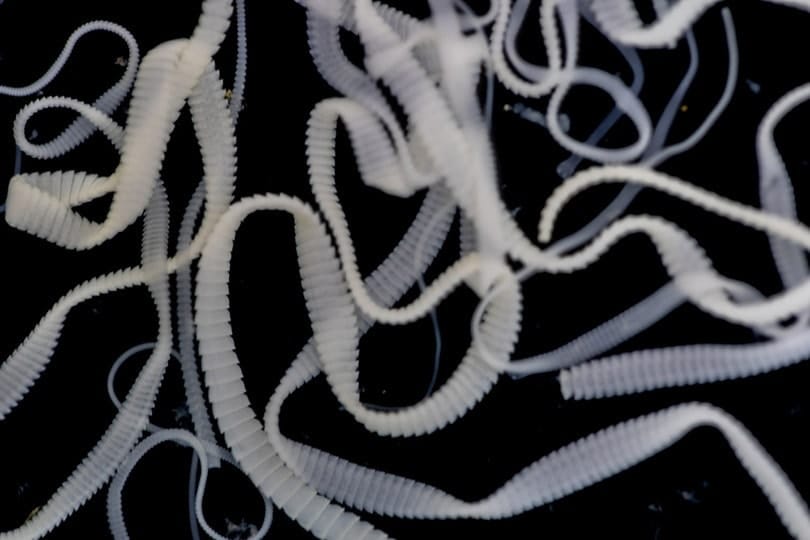
Tapeworm Transmission
Tapeworm transmission requires an intermediate host. This means that direct exposure to a tapeworm segment or egg does not cause transmission. The intermediate hosts for tapeworms depend on the species of tapeworm, but as mentioned, these are most commonly fleas or lice, but they can also be rodents, rabbits, or birds. Once an intermediate host consumes tapeworm eggs that are present in their environment, these eggs then hatch and become larvae that live inside the intermediate host.
When this intermediate host with tapeworm larvae is consumed by another animal, such as a dog, it continues the cycle. A dog could consume an affected intermediate host by either actual direct eating (such as by eating rodent prey) or by accidentally ingesting a flea or lice when grooming or going after an itch.
Once consumed, the tapeworm larvae ultimately travel to the dog’s small intestine where they will set up shop and mature. Over time, some of the proglottid segments will break off and either be present in the dog’s stool or around their anus. Because these segments have fertilized tapeworm eggs present, they will be released into the environment with the hope of being able to be ingested by another intermediate host, which will propagate the cycle all over again.
Signs of Tapeworms
Many dogs that are infected with tapeworms will not show any signs of infection or illness. In select cases where there is a large load burden, there may be weight loss. Occasionally, dogs may lick or scoot their hind end as the tapeworm segments can be itchy or irritating around this area. Very rarely, a dog may vomit up a piece of the adult tapeworm.
Sometimes, you may actually see tapeworm proglottid segments on or around your dog. They can be moving or may have already dried out. Visually, they are often a whitish-to-yellow color that is similar in size and appearance to a grain of rice or a sesame seed. These may be present on or around a dog’s rectum, in their bedding, or in places where they frequently lie down.
If your dog shows any of these signs, we recommend speaking with a vet.
If you need to speak with a vet but can't get to one, head over to PangoVet. It's our online service where you can talk to a vet online and get the advice you need for your dog — all at an affordable price!

Can I Get Tapeworms From My Dog?
As mentioned, tapeworms from dogs are not directly contagious to people. Being exposed to or handling the tapeworm (or proglottid segments) will not allow the tapeworm to spread to you!
What does allow the spread of tapeworms to a person is if an intermediate host containing tapeworm larvae is ingested by the human. So, for example, if a dog has a flea that is infected with tapeworm larvae, which is then somehow ingested by a human, that person can become infested with that species of tapeworm.
In general, the types of tapeworms that infest dogs are not that commonly found or reported in people. When they are seen, it’s most commonly observed in children. An infested child will most often pass the rice-looking proglottids in their bowel movements or they will be found on the skin around their anal area.
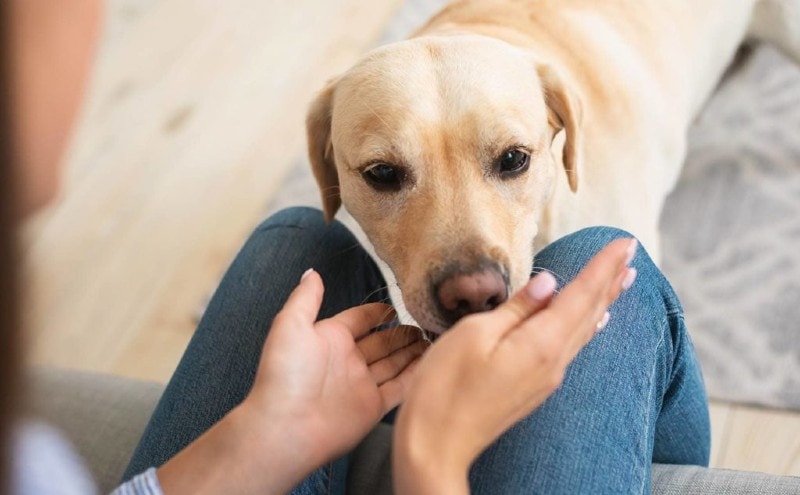

Diagnosis and Treatment of Tapeworms
The diagnosis of tapeworms is most often done via direct visualization. The proglottid segments are directly observed; this could be in the dog’s fecal material, around their anus, or on their bedding. At the veterinary clinic, fecal testing may show tapeworm eggs, but since tapeworm eggs can be shed intermittently, they may not always be found even when looking.
There are various approved deworming treatment options for tapeworms that can be given either via injection or by mouth. Dosing would be determined based on the affected dog’s weight, and once given, it causes the tapeworm to detach from the small intestine. Then, they become ingested as they travel through the remainder of the digestive tract. Therefore, it is unlikely that you would witness worm segments in your dog’s fecal material even after successful treatment.
Tapeworm Prevention
The best tapeworm prevention includes flea/lice control, as well as eliminating any chance of rodent or wildlife predation. As these species all serve as intermediate hosts for tapeworms, if eliminated, there will be no opportunity for the tapeworm larvae to be passed to you or your dog.
Because the most common tapeworm intermediate hosts for dogs are fleas and lice, prevention or removal of these species should be implemented with your veterinarian’s help. Proper flea control will require routine preventative and/or treatment, of which there are many options. It’s important for each animal in the household and the surrounding environment to be treated correctly. Routine deworming may also be recommended by a veterinarian.
In addition, because other species of tapeworm are spread via consuming some types of wild animals, ensuring your dog does not have the opportunity to hunt and eat them can prevent tapeworms.
Furthermore, picking up a dog’s fecal material regularly and routinely will help limit the opportunity for intermediate hosts to consume the tapeworm eggs that may be present in an affected dog’s fecal material. This will help limit the tapeworm life cycle from continuing. Because tapeworm infection can reoccur, prevention after treatment is key.
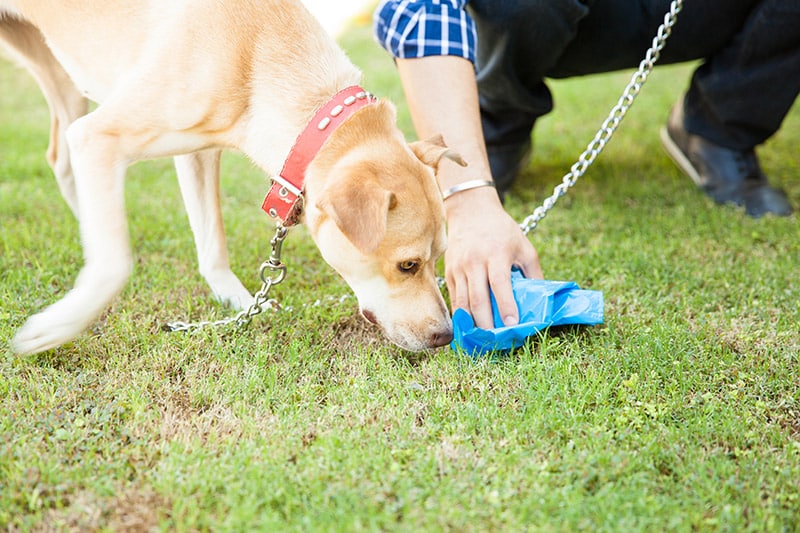

Conclusion
Although people cannot get these parasites directly from their dogs, they could theoretically get tapeworms inadvertently. The best prevention for both people and their animals is to have flea/lice control for all pets in the household and to prevent rodent and wildlife predation.
If you have any concerns about tapeworms, fleas, or other parasites, your dog’s vet is your best guide.
Featured Image Credit By: SeventyFour, Shutterstock
